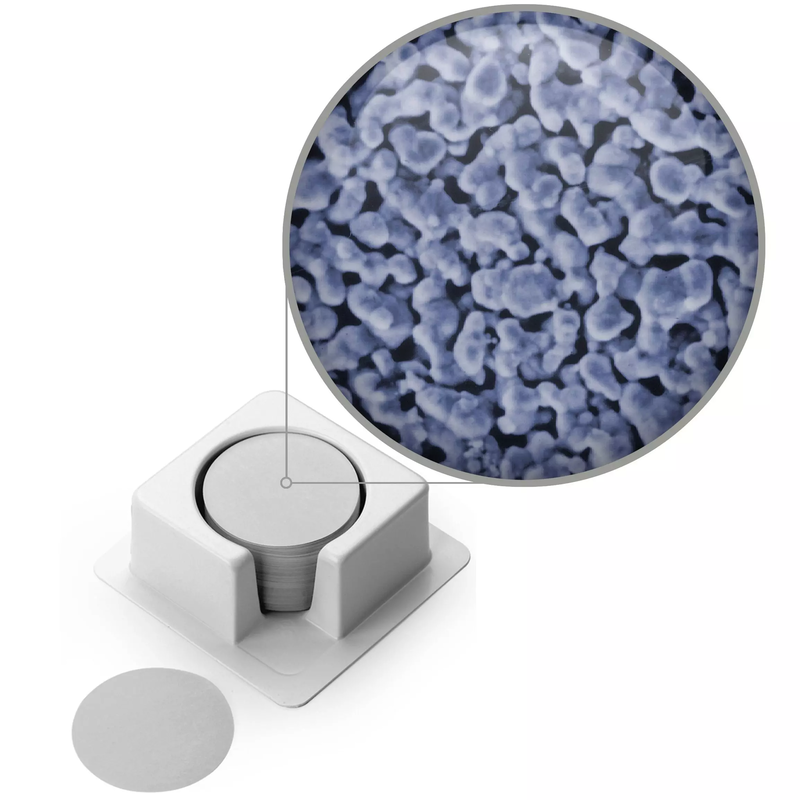The various types of membrane filters and their uses
July 12 2018 /
Introduction
Membrane filtration utilizes pressure in order to force water or any other kind of carrier fluid through a porous or semi-permeable membrane. This process separates the particulate matter that's suspended from the soluble and fluid components.
Membrane filters are also known as membranes are microporous films which have specific ratings for their pore sizes. These are also known as microporous filters, screens or sieves, and they keep the microorganisms or particles which are bigger than the size of their pores through the process of surface capture. On the other hand, any particles smaller than the pore size of the membrane filter are typically kept by other types of mechanisms.
Types of membrane filters
There are different types of membrane filters available on the market. Different companies and manufacturers come up with different products. It's best to learn about the types of membrane filters so that you know exactly what will suit your needs.
Mixed cellulose esters
These filters include cellulose acetate and cellulose nitrate. They're highly porous, pure, and have a quick wetting time. These are standard membrane filters used for different applications in laboratories such as air monitoring, contamination analysis, microbiology, and sterilization of biological fluids.
Cellulose acetate
These filters include cellulose diacetate and triacetate. They're sterilizable, have a high strength, and a low static charge. You can use these membrane filters for applications such as diagnostic cytology, filtering enzyme solutions, studies which involve receptor binding, and enhanced recovery of gram-positive, fastidious organisms.
Coated cellulose acetate
These filters include cellulose acetate that's cast onto the polyester support that's non-woven. These membrane filters have a low static charge matrix along with improved chemical compatibility. Such filters are typically used as a clarifying prefilter or filter.
Hydrophilic PTFE
These filters have maximum pH and chemical resistance. When wet, they're optically clear, and they will provide high flow rates. You can use these membrane filters for HPLC and other types of mixtures of organic and aqueous solvents.
Hydrophobic PTFE
These filters are highly porous, thin, and they behave as absolute retentive membranes. They remain inert even with strong bases, strong acids, and solvents which are chemically aggressive. You can use these membrane filters for sterilizing gases, venting gas and air, or for clarifying and sterilizing strong acids or solvents which aren't compatible with other membrane filters.
Nylon
These are very strong membrane filters which are heat-resistant and inherently hydrophilic. They're also compatible with alcoholic and aqueous solvents and solutions. You can use these filters for HPLC preparation of samples, vacuum degassing, and for clarifying and filter sterilizing organic and aqueous solvent solutions.
Polycarbonate
These are optically translucent and have cylindrical pores which are extremely uniform. They're stable, have superior chemical resistance, and adequate thermal stability. You can use these membrane filters for epifluorescence microscopy, electron microscopy, light microscopy, and testing of sterility and beverages.
Procedures where you can use membrane filters
Membrane filters can be very useful for different purposes. Usually, the membrane filter you choose would depend on what types of procedures you plan to use it for. Here are some procedures where you can use such filters:
Cross-flow filtration
This procedure is mainly used in the food industry. It's a filtration technology for murky liquids such as wine, juice, and more. Sometimes, it's also used in dialysis.
Microfiltration
The filter surface's material for this procedure may be from stainless steel, textile fabric or plastic. This procedure is typically used in biotechnology applications, for separating water-oil emulsions or for separating colloidal hydroxides or oxides.
Nanofiltration
This procedure makes use of low pressures and membrane filters with bigger-sized pores. This procedure is very useful in treatments performed for drinking water such as eliminating heavy metals and softening water.
Ultrafiltration
This procedure is normally used for separating proteins or for cold sterilization in the pharmaceutical industry. It's also useful for cleaning wastewater and recovering metal in the metallurgy field.
Reverse osmosis
This is a pressure-driven process wherein the pressure actually reverses the natural process of osmosis. It's typically used to treat process, drinking, and aquarium water. It can also be quite useful for producing juice concentrates and treating wastewater.
